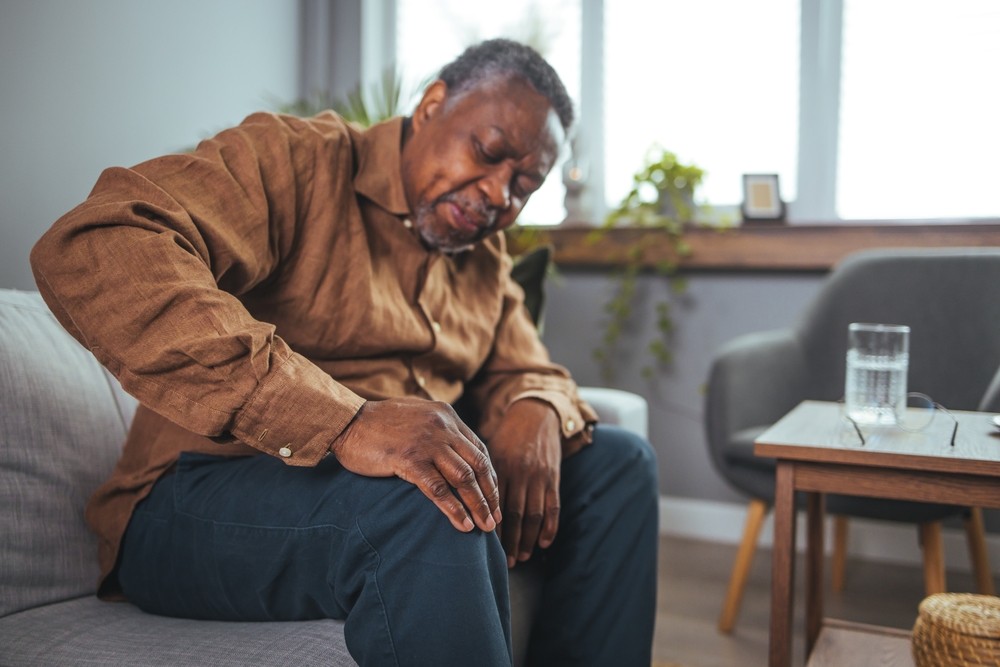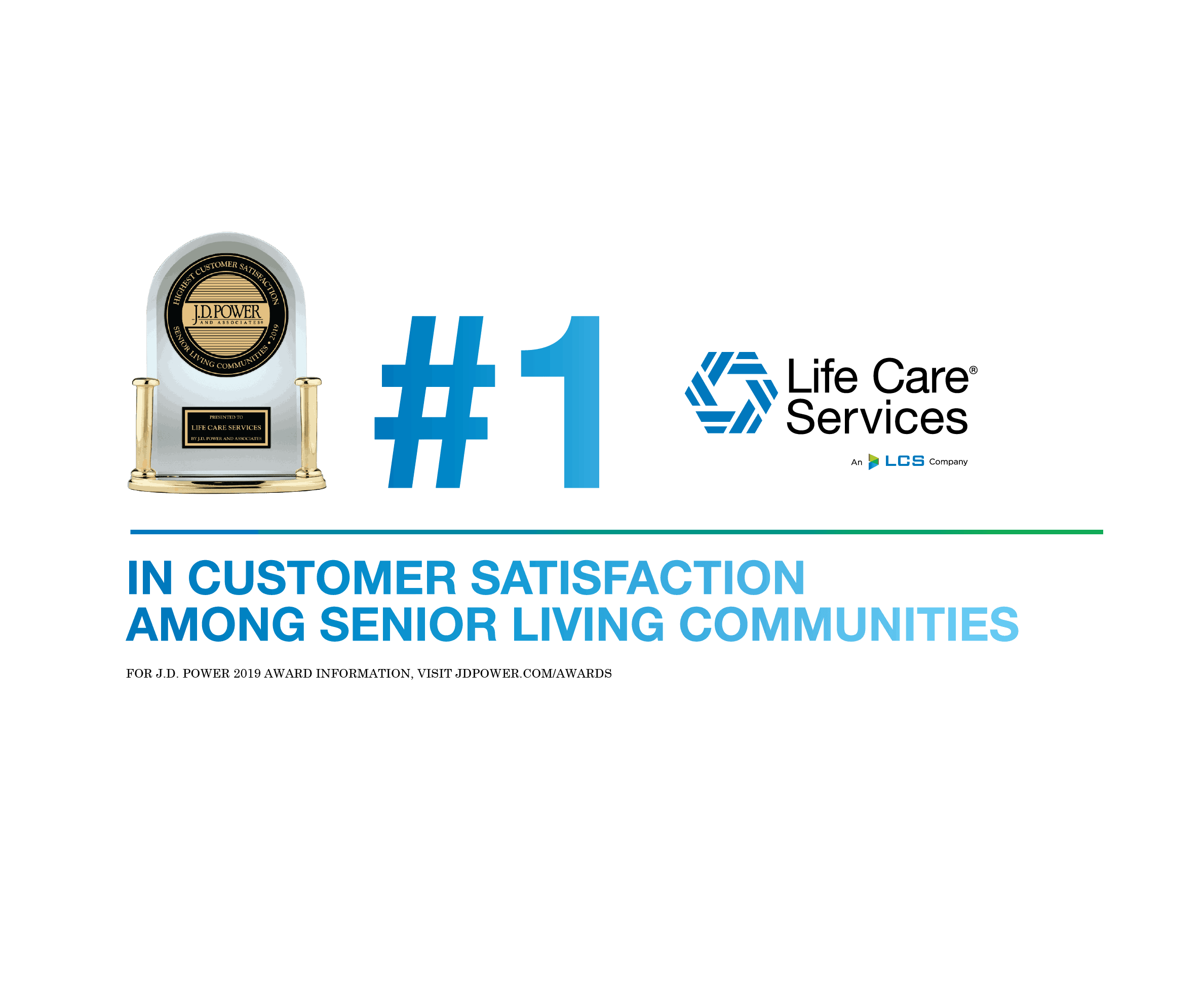How Seniors Can Best Keep Knee Pain Under Control

There are a variety of activities that can contribute to knee pain as you get older. A lifetime of sports, injuries, running or arthritis are common culprits. Seniors with knee pain, in particular, know the years of wear and tear can take a toll and make mobility and flexibility more challenging.
Several conditions can also contribute to knee and joint issues for seniors:
- Osteoarthritis
- Injuries
- Excess body weight
- Lack of muscle strength
- Limited flexibility
While many of these ailments are relatively common, there isn’t always an easy solution. If you’re wondering how to take care of your knees as you age, there are ways to work your leg muscles to minimize knee and joint pain without surgery or medication.
It’s always important to meet with your medical provider before starting a new exercise plan, primarily because, in some cases, surgery is an essential option. If your physician clears you for exercise, you can begin working toward healthier habits by using the following tips for how to take care of your knees:
- Strengthen your leg muscles – Focus on exercises that target your hamstrings, quadriceps, hip flexors and gluteal muscles to help strengthen your upper and lower leg.
- Work toward a healthier weight – Losing weight is one of the best ways to mitigate knee pain and help you live an overall healthier lifestyle. Even just a few pounds can make a significant difference.
- Start with low-impact options – When starting an exercise routine as a senior, choose low-impact exercises. Select cardiovascular exercises like swimming or cycling that reduce strain on your knees to prevent any additional damage.
- Aim for 30 minutes of exercise a day – Staying active can help you reduce knee stiffness and help encourage weight loss. Be sure to stretch before any workout to help prevent future injuries.
- Change up your routine – Repetitive movements can put unnecessary pressure on your leg muscles and knee cartilage. When it comes to how to take care of your knees, keep trying new low-impact workouts.
The Role of Physical Therapy in Managing Knee Pain
If surgery is not the best option for your pain, your doctor might recommend physical therapy. Through targeted treatment, your range of motion can improve, and you can strengthen your muscles enough to stay active and keep pain in check.
Physical therapy for knee pain involves a thorough and personalized evaluation of your entire leg, hip and foot. A physical therapist uses the assessment to prescribe the right exercises and modalities to help decrease knee pain and improve overall mobility.
Below are some of the many benefits of using physical therapy to take care of your knees:
- It lessens the need for medication.
- It lowers the risk of surgery.
- It provides improved mobility and balance.
- It can help reduce future pain.
Goal-Driven Senior Rehabilitation at Signature Pointe
Get back to the life you love faster with comprehensive senior rehabilitative care and occupational therapy at Signature Pointe, where optimal recovery from an injury, illness or surgery is the goal of our short-term transitional care center. Physical therapy and rehabilitation, like what is offered at Signature Pointe, can help seniors find strategies to cope with knee pain and optimize healing to restore their confidence, strength and independence. Find out for yourself what makes Signature Pointe’s rehabilitation services unique. Learn more about the high-quality physical, occupational and speech therapy offered at our senior living community by scheduling a visit.




